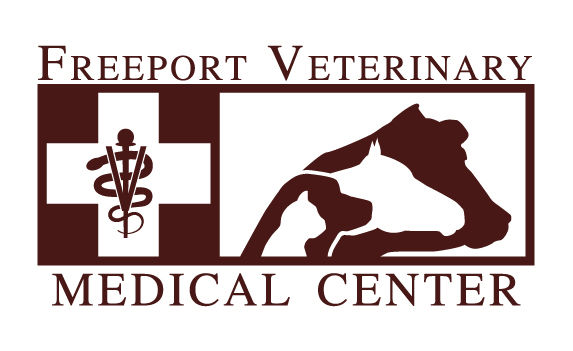Freeport Veterinary Medical Center
Pet Anesthesia
Here at FVMC, we are proud to offer the latest in anesthesia techniques and patient monitoring. All anesthesia carries with it risks, however, we strive to minimize these risks via educating our clients on safe anesthetic procedures and strategies that we employ.
Pet Anesthesia
Pet Anesthesia
- Every patient has a dedicated technician actively monitoring their vitals throughout the entire anesthetic event.
- We ensure the patient’s body temperature is appropriately maintained via the use of modern warming blankets and pads that protect against burns while improving patient recovery outcomes.
- All patients are fully intubated to protect and ensure patent airway access during all surgical procedures.
- We devote significant attention to protocols for pain management and relief leading up to, during, and following surgical procedures.
- All patients are safely maintained on the inhalant anesthetic Isoflurane combined with medical-grade oxygen.
Additional Safety Precautions
Pre-anesthetic Bloodwork:
We encourage all owners to have their pet’s pre-anesthetic bloodwork done regardless of age or presumed health status. This simple blood test is done in-house and allows us to confirm that your pet’s internal organs are functioning properly. We specifically evaluate your pet’s liver and kidneys as these are the organs that process the anesthesia. Once we have this information available, we can specifically tailor our anesthetic protocol to meet your pet’s needs.
Intravenous Fluids:
A second safety precaution that we recommend is having your pet on intravenous fluids during their anesthetic procedure. This is accomplished by clipping a small area of fur on your pet’s leg and the sterile placement of an intravenous catheter. Intravenous fluids help to maintain your pet’s blood pressure during the procedure and also provide an emergency access point should the need arise.
How do we monitor our patients during anesthesia?
In an effort to ensure maximum patient safety while under anesthesia, we offer state-of-the-art wireless VMed Technology and Min dray Multi-parameter monitoring.
The latest in monitoring technology, this system allows us to track a patient’s heart rate and rhythm, respiratory rate, blood pressure, blood oxygen saturation, core body temperature, and end-tidal carbon dioxide.
Our team trends these parameters throughout your pet’s anesthetic event to ensure they are in an adequate plane of anesthesia that is safe and free from pain but also to ensure your pet’s vital parameters are stable throughout the procedure.
Veterinary Services
Below are all of the veterinary services we offer at Freeport Veterinary Medical Center. If you have any questions regarding our services, please feel free to call us.

